CAPE HATTERAS LIGHTHOUSE FAST FACTS
LOCATION: Buxton, North Carolina, U.S.A.
HOURS: See the lighthouse and walk the grounds during all daylight hours.
10 am – 4 pm daily for center and museum. Climb is only available Mid-April-Columbus Day
COST: Free
TIME TO COMPLETE: 45 minutes
BEST TIME OF YEAR TO VISIT: Summer
ACCOMMODATIONS: Parking lot, public restrooms, pavilion, visitor center and small museum
At 206’ (62.8 m) in height, the Cape Hatteras Lighthouse is the tallest of (6) lighthouses along North Carolina’s Outer Banks. In fact, when measured by height above sea level, it is the tallest remaining brick lighthouse in the United States and the 18th tallest in the world. The current version of the Cape Hatteras Lighthouse comprises approximately 1,250,000 bricks and a spiraling staircase rising up 257 steps.
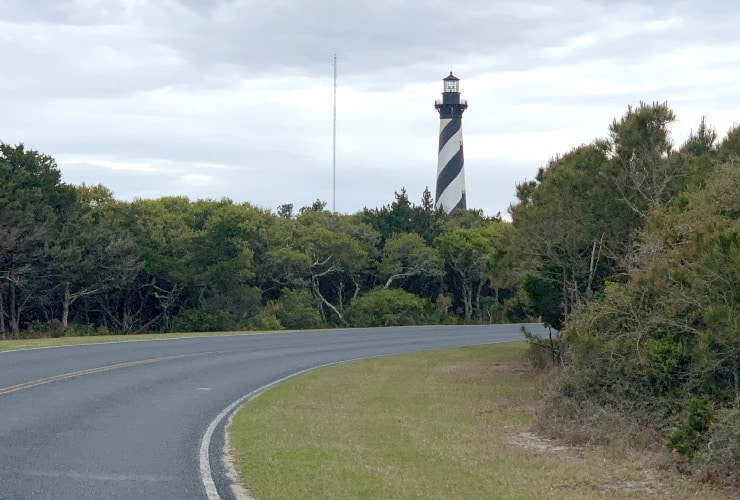
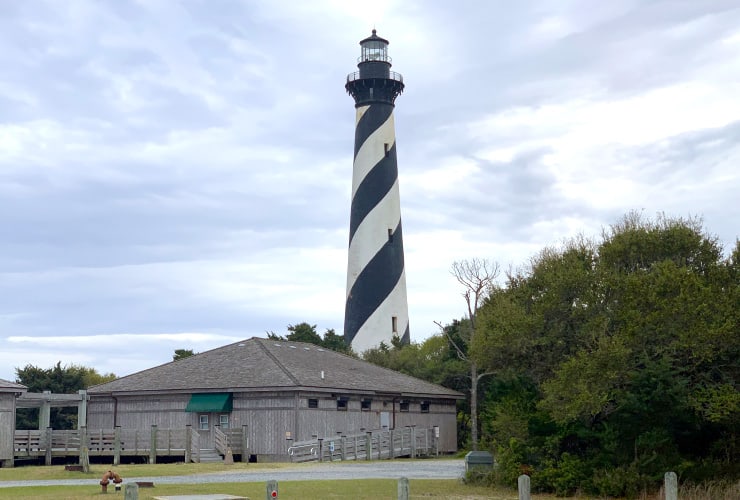
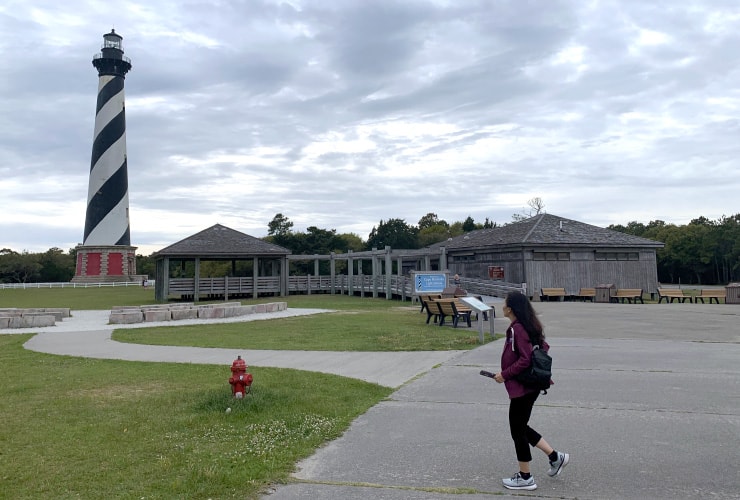
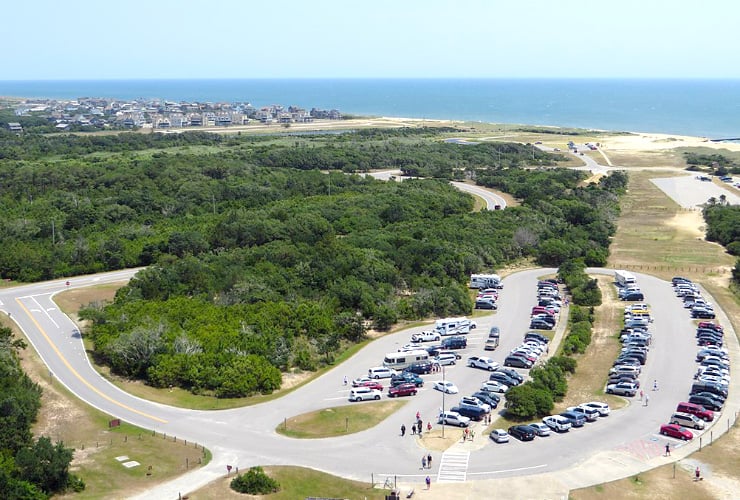
The lantern has normal visibility of 20 nautical miles (37 km) and, in perfect conditions, can even be seen from as far as 51 miles (94 km). Like each of the Atlantic Ocean Outer Banks lighthouses, the Cape Hatteras Lighthouse has a distinctive color pattern. This was deliberate so sailors could tell each apart from another during daylight hours. The Cape Hatteras Lighthouse is one of (3) Outer Banks lighthouses, along with Bodie Island and Currituck Beach, that allow you to ascend to the top. Please be sure to check ahead for availability as major repairs to the staircases are not uncommon.
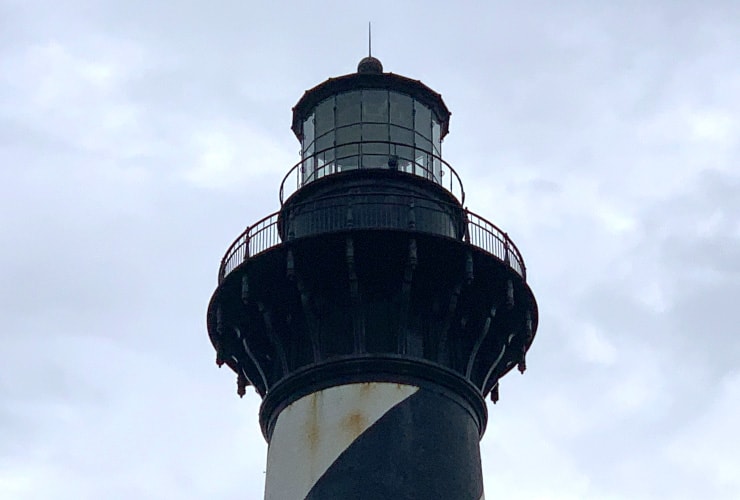
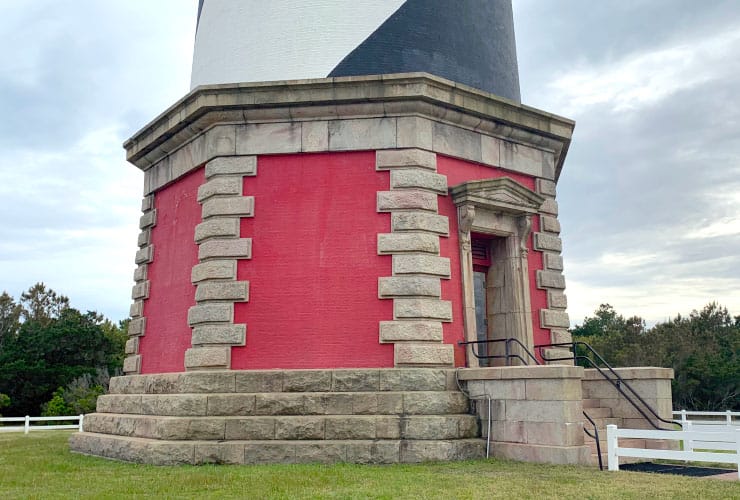
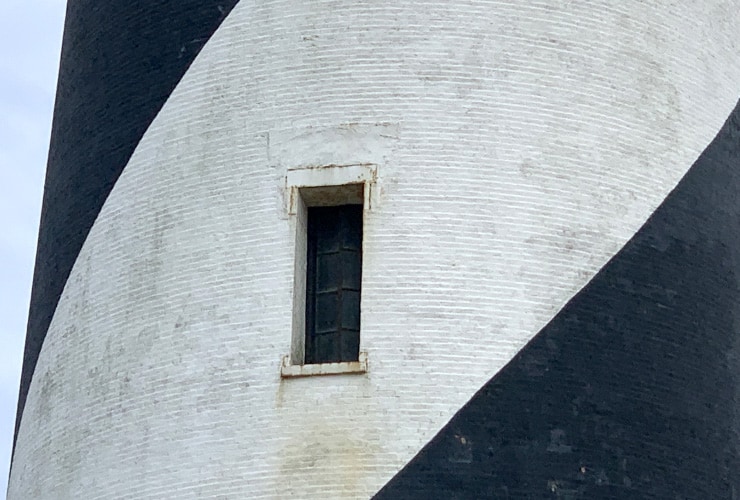
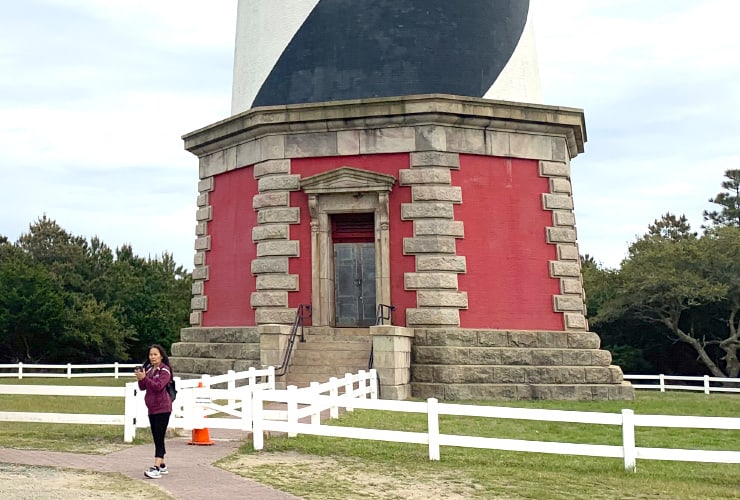
The history of the Cape Hatteras Lighthouse is almost as interesting as the structure itself. In 1794 the ship carrying the then Secretary of the Treasury, Alexander Hamilton, almost fell victim to the Outer Banks infamous underwater shoals prompting him to officially request a lighthouse be constructed. “Hamilton’s Light” began construction 5 years later and was first lit in 1803. The structure was 90’ (27.4 m) tall, made entirely of sandstone with a lamp powered by 18 lamps of whale oil. While initially effective it gradually lost its use due to its color blending into the background during winter months, general dilapidation and its low height.
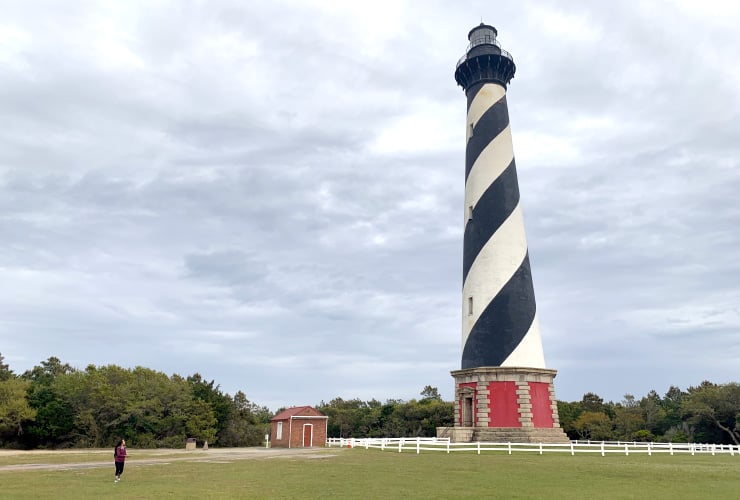
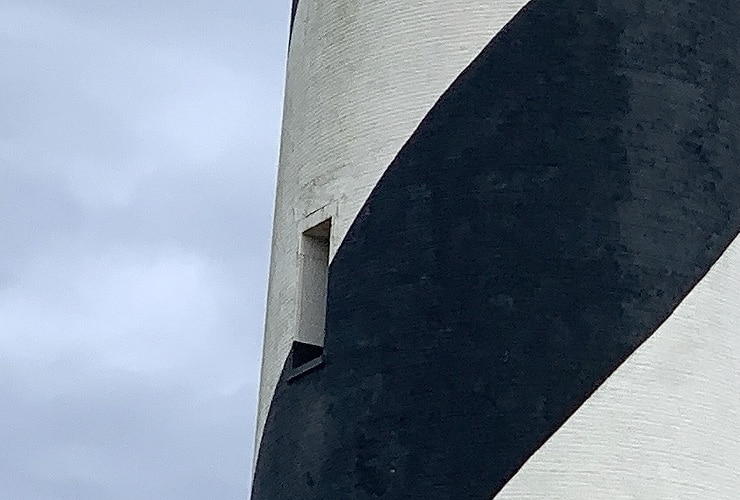
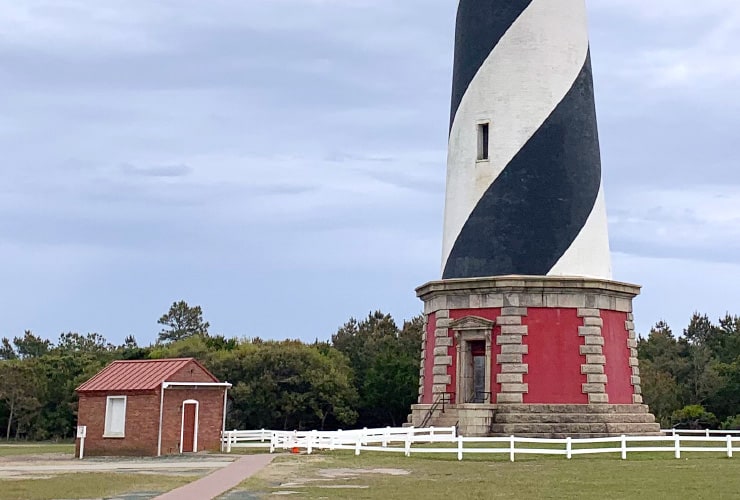
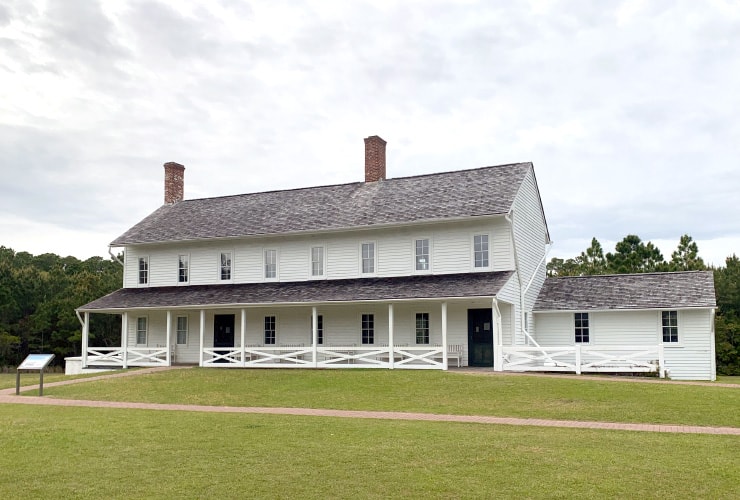
A new Cape Hatteras Lighthouse was built in 1870 for a cost of $167,000, equivalent to around $3.6 million today. Almost 120’ (36.6 m) was added to bring the new height to 208’ (63.4 m) above water, tall enough to provide warning to ships approaching the treacherous Diamond Shoals. When the new tower emitted its first light the Cape Hatteras Lighthouse was the tallest brick lighthouse tower in the world. The new Fresnel lens was kerosene powered and could be seen from up to 16 miles (25.7 km) from shore. The light keeper was required to rewind the clockwork apparatus every 24 hours.
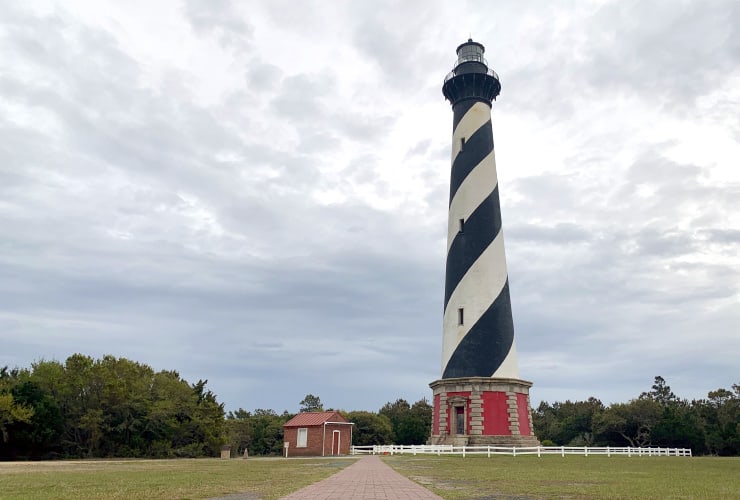
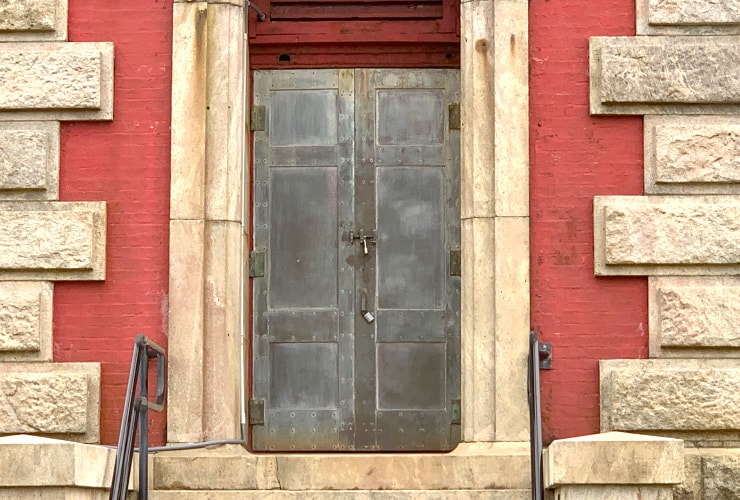
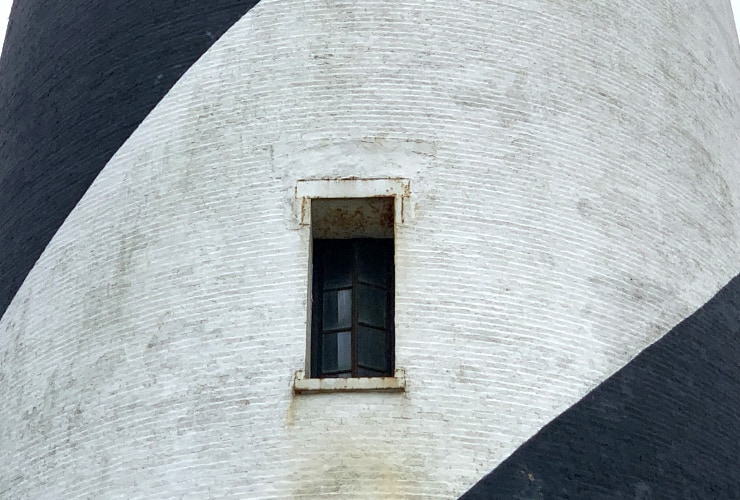
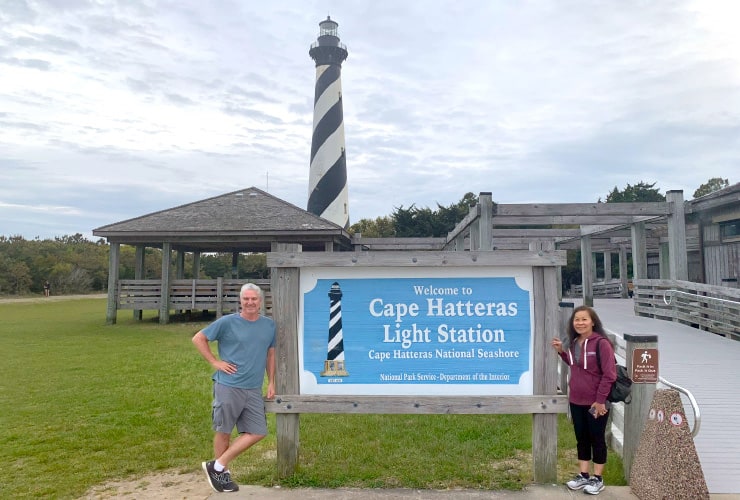
Aside from absorbing a direct lightning strike and some vandalism in the tower, the Cape Hatteras Lighthouse continued to perform its duty for the next 65 years. Starting in 1919 the water line started creeping steadily towards the base of the lighthouse. By 1935, with the water level closing in, a temporary structure was constructed on a nearby sand dune to effectively replace the 1870 lighthouse. In 1942 the tower was used as a lookout station scouting for German U-boats along the shoreline. By 1950 the water had receded enough to put the lighthouse back in commission.
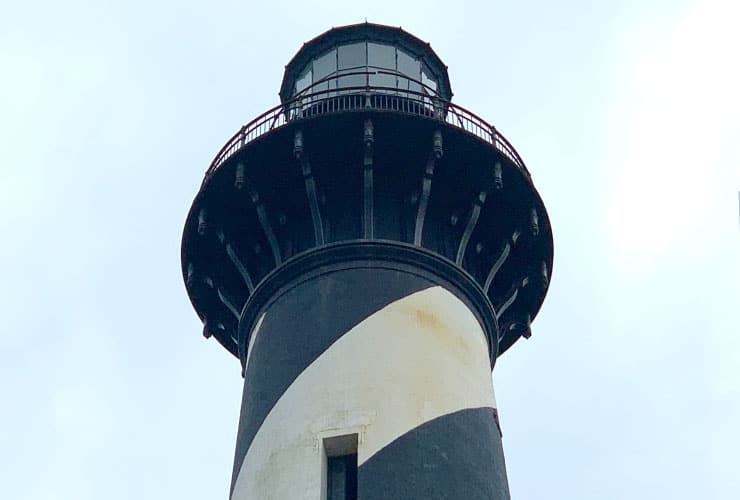
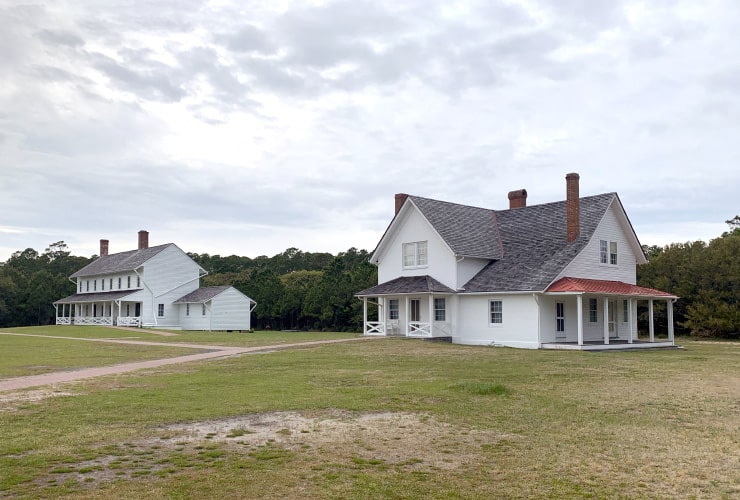
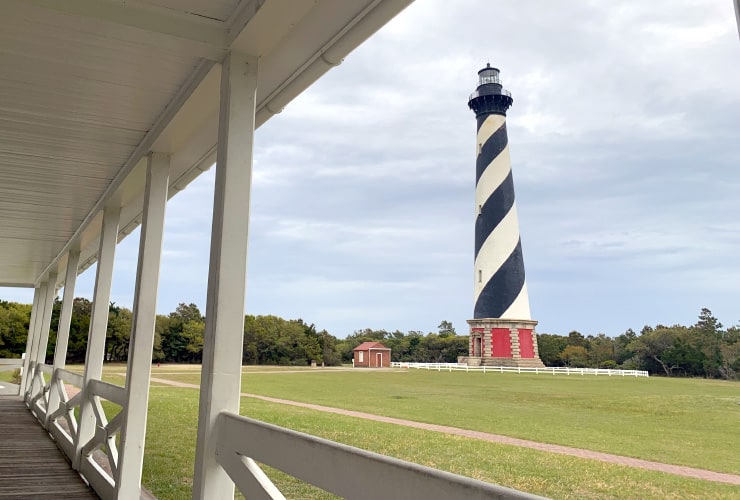
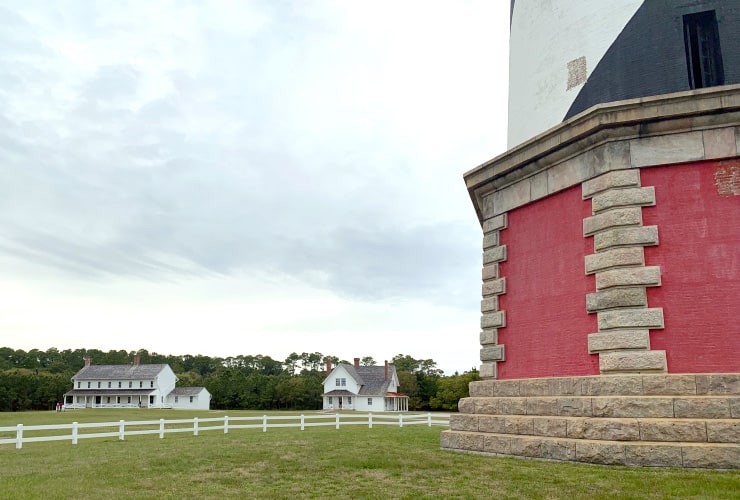
Over the next few decades the only changes were increasing the beacon from 250,000 candlepower to 800,000. By the 1980’s the beach had again reached a tenuous erosion level, almost 15’ (4.6 m) from the water’s edge. In 1999 the monumental decision was made to move the Cape Hatteras Lighthouse further inland from its existing position. Despite several attempts to stop the move it began on June 17, 1999. The lighthouse was moved using steel mats, track beams, roller dollies and 3 zones of hydraulic jacks over a straight line distance of 2,900’ (880 m). The total effort took 23 days and included not just the lighthouse but also the Principal Keeper’s Quarters, Double Keepers’ Quarters, oil house, cisterns, and sidewalks. What became known as the “Move of the Millennium” was awarded the 40th Annual Outstanding Civil Engineering Achievement Award from the American Society of Civil Engineers. Its current location, 1,500’ (460 m) from the seashore, is estimated to be safe from ocean waves at least until 2100.

There are so many lighthouses around the world to see and each is unique in its own right. Even the Ocracoke Lighthouse, located just across the Hatteras Inlet to south, and the Roanoke Marshes Lighthouse in Manteo to the north, have totally different shapes and purposes than the Cape Hatteras Lighthouse.
Do you have a favorite lighthouse? We’d love to hear all about it!

